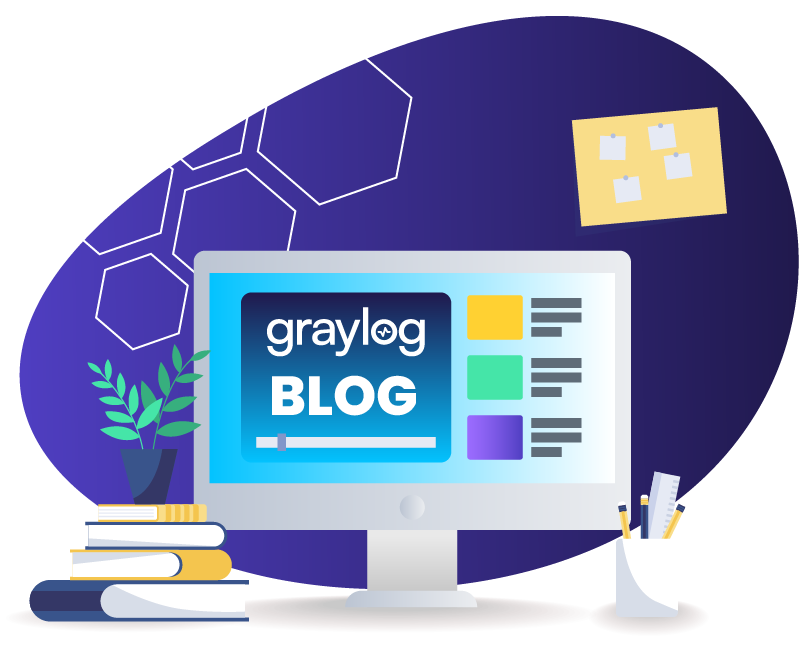Most teams picture incident response as a linear sprint from alert to resolution. A notification appears, an analyst pivots across screens, a decision gets made, and the workflow moves on. It works, but it is mechanical, tiring, and fragile.
Graylog 7.0 aims for something more impactful. Guided remediation gives analysts clarity during the moments when pressure rises and context usually scatters. It takes raw detection data and turns it into a clear path forward. No theatrics. No complexity masquerading as intelligence. Just precise direction that helps analysts act faster and know why their decisions matter.
Response is About Confidence, Not Just Speed
Every alert contains a technical issue. Yet the real friction begins when analysts lose trust in the information in front of them. When evidence is split across tools, response slows. When relationships between events are unclear, hesitation sets in. That hesitation costs time and increases risk.
Guided remediation rebuilds confidence by giving analysts structured, step by step direction the moment an event appears. Notification emails and chat alerts contain the opening triage actions. Analysts start immediately, without hunting for context. Once inside Graylog, the full story appears at once. The entity’s risk score. The detection chain activity. The timeline of events. The evidence that explains how risk grew. The workflow feels natural because it aligns with how analysts think during stressful moments.
Industry research underscores the value of this approach. IBM’s 2025 Data Breach Report shows that shorter investigation cycles lead to lower containment costs. Cisco’s 2024 Readiness Index findings point to a consistent struggle across teams to turn detection into action when information is fragmented. Guided remediation in Graylog 7.0 tackles this head on by removing the fragmentation.
The People Behind the Response
Analysts thrive when tools support their instincts. They want clarity, not noise. They want workflows that fit how they solve problems. They want the system to surface what matters so they can focus on the asset or user experiencing real pressure.
Guided remediation supports those instincts. It highlights the right details and removes distractions. It gives new analysts a reliable frame that mirrors the steps used by experienced team members. And when senior staff review cases, they see a clean record of decisions, evidence, and reasoning instead of scattered details.
Graylog designed the 7.0 flow with lean teams in mind. Entity-based risk scoring, detection chains, AI summaries, and the Intuitive Analyst Experience work together to direct attention to actual risk instead of alert volume. Analysts stay grounded in the story of the incident, not the noise surrounding it.
Leaders Who Understand the Reality of Incident Work
The 7.0 workflow reflects years of firsthand experience. Many of the features that now define guided remediation come from real analyst challenges. Event Procedures that begin in email. Detection Chains that reveal attacker campaigns. Timeline Replay that clarifies movement. AI summaries that support rapid interpretation while keeping human judgment in charge.
These capabilities were shaped by leaders who have spent time on the front lines of incident response. They knew teams needed a cleaner path, not another maze. Guided remediation reflects that experience.
More Than a Workflow
Inside Graylog Security, guided remediation is more than a sequence of steps. It represents a shift toward clarity during the most critical moments of an investigation. It reduces friction. It builds consistency. It strengthens trust between analysts and the system guiding them.
Response is ultimately a work of confidence. When an analyst closes an investigation in Graylog 7.0, the system works, the evidence is complete, and the analyst leaves with greater trust in their workflow.
To see guided remediation in action along with all the new capabilities in the release, watch the Graylog 7.0 Webinar Replay.


